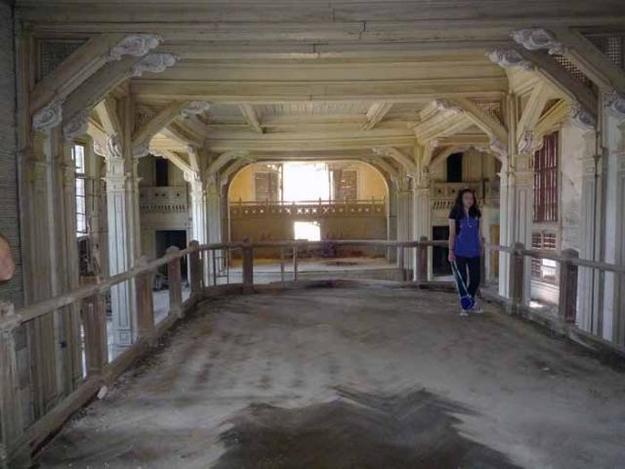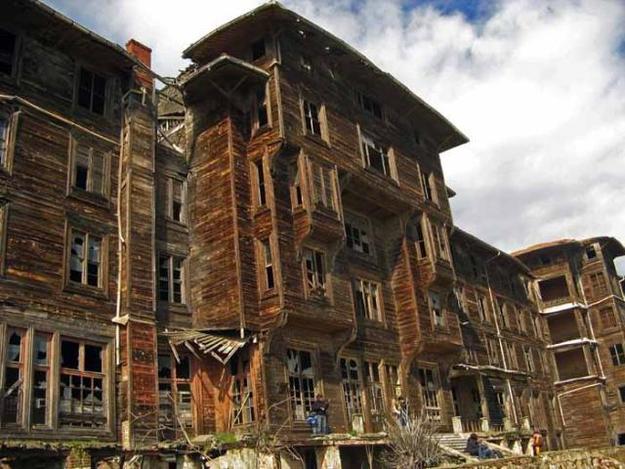Rum Orphanage
2012 World Monuments Watch
The Rum Orphanage was designed by the prolific architect Alexandre Vallaury (1850–1921) as a luxury hotel and casino for the Compagnie Internationale des Wagons-Lits, the European passenger train company that operated the Orient Express. However, Sultan Abdul Hamid II would not issue a permit for its operation, leading to the sale of the building in 1903. It was purchased by the wife of a prominent Greek banker, who donated the complex to the Ecumenical Patriarchate of Constantinople, which operated it as an orphanage. Located on a privileged hill-top on Büyükada, the largest of the Princes’ Islands in the Sea of Marmara, and surrounded by a dense forest of pine trees, this 20,000-square-meter Belle Époque relic is now thought to be the largest historic timber building in Europe. The orphanage, which housed as many as 1,000 boys at its peak, was closed in 1964. After almost half a century of neglect it is now in a state of heavy disrepair. In 2010, a longstanding ownership dispute between Turkey’s Directorate General of Foundations and the Ecumenical Patriarchate was resolved by the European Court of Human Rights, which ordered the restitution of the building to the Greek Patriarchate. Considerable resources are required to rehabilitate the site for contemporary use. In addition to its historical and cultural importance, it is also one of the rare surviving timber buildings in Istanbul, adding to the many compelling reasons to develop an imaginative solution for giving new life to the building.
Since the Watch
In April 2012 it was announced that the historic orphanage would be restored to house an international environmental institute.



